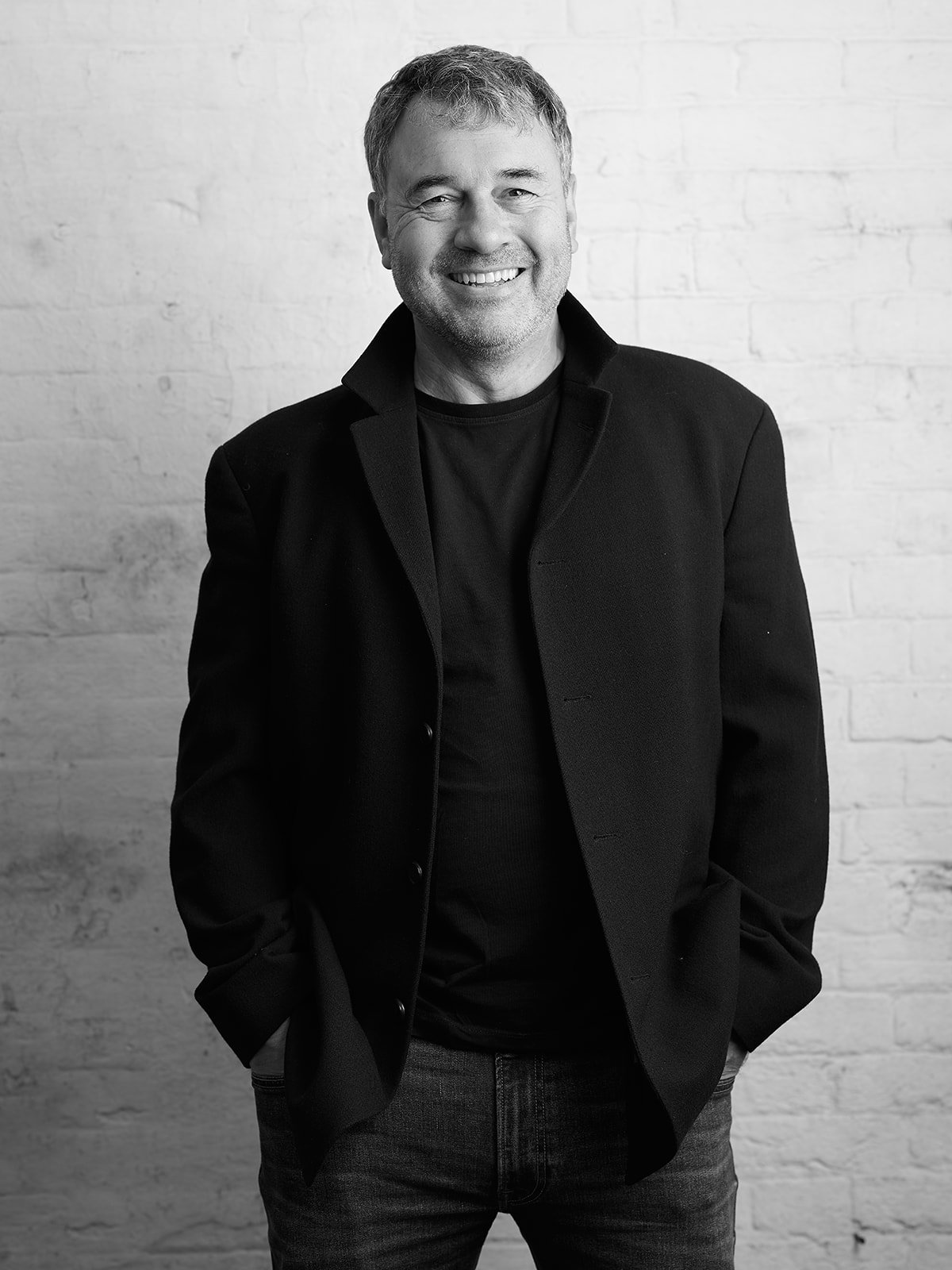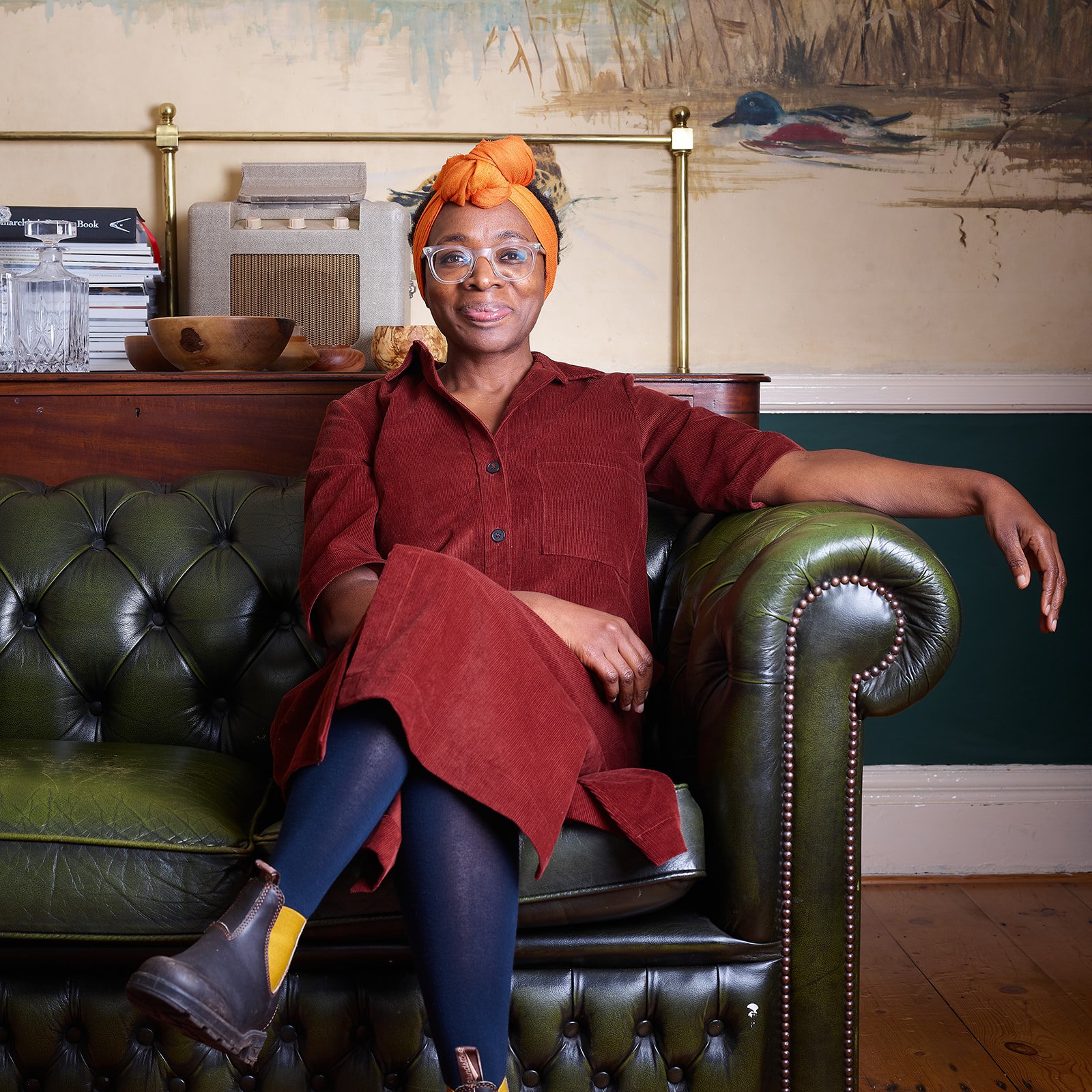Top Tips for getting the best value out of a headshot or portrait photoshoot session
What is a perfect headshot?
A perfect headshot is all about showing the eyes, allowing the viewer to quickly connect with you. Your headshot needs to tell a story, well lit and sharp. Headshots, more than any other images are viewed very quickly (often in a sea of others) so it’s super important that you get the right image, showing your true self. Often a slight squint can turn an OK headshot into a great one. Sit or stand upright, don’t slouch. Think about posture, it really can make or break a photo.
Everyone ‘hates’ having their portrait photograph taken, so you are not alone if you’re feeling anxious or worried. You are also not the first person the photographer has photographed that feels this way, so just talk about it so the photographer knows to slow down, change things up, or just allow you to take a quick break.
When I photograph for headshots, I’ll always allow more time for the client that they need, just to make sure there is time to slow things down, to sit and have a brief chat to make sure you’re on the same page and create a connection before we get started.
Natural smile and great expression. (This would be called a 3/4 headshot, but in reality it’s more like a 3/4 body shot!)
Should I smile in headshots / portraits?
A common question, not just for headshots but also for other portrait shoots, is whether you should smile in the images. For my clients, I have never had the specific brief to have an exact facial expression, the only time I get specific facial expression requirements if for advertising and commercial photography where the look and feel of the image has already been signed off by the art directors and agency creatives.
Should headshots be serious?
For most people, smiling in your portrait will make you look more approachable, which is obviously advantageous when trying to sell yourself or the business. Humans are drawn to other people smiling, we all know that.
So whether you smile to not is up to you. Generally a smile is much more appealing for the person viewing the photograph,
Serious portraits do have their place, and always a good idea to capture one regardless, but personally I think you can still be serious and smiling. A subtle closed mouth smile can often be a great look, and one to definitely try out.
For ‘normal’ portrait photoshoots, and most editorial portraits by default I’ll aim to capture a range of expression from more serious through to smiling, either directly at camera or off to one side. This gives the client the flexibility to pick and choose the right photo for the application.
Once we have the main shots in the bag, and the client is happy with the images, we’ll then experiment (if time) to get something a little different. However it really does depend on what they are going to use the images for, some people will have clear ideas on what they want, or even have decided beforehand that ‘smiling’ doesn’t suit them.
Remember that a headshot is fundamentally used to give an accurate representation of you, to showcase you in the best light. If you’re using the headshot for a job it’s important you don’t look totally different in real life, this never goes down well.
Serious pose and a closed mouth, but still a warm smile shows though. Such a great expression.
How should I stand for a portrait?
should I move around having my photo taken, should I sit?
Standing with your weight on your back foot often helps too, as it naturally moves the body into a better position and stops you standing ‘straight on’ to the camera. Try a few angles, and don’t be shy. Move around between shots - you never know what might suddenly ‘pop’ and make the shot. There is a reason that when you’re watching models on shoots they are never still, trying different shapes, angles and poses and keeping things flowing. Shift your weight around, don’t linger too long in one pose. Stretching your neck out and forward, although feels a bit awkward can look great too. Don’t panic - if it feels awkward, usually it’s looking better than it feels!
Half smile, and semi serious - but enough expression to show warmth.
Take your time, and keep the conversation going
Talk to the photographer, the more comfortable you are, the better the photos (usually!)
Work with the photographer, give feedback and keep the conversation going, the more at ease you are the easier the images will come. If the photographer allows it, make maximum use of their time, but be clear how long you have before you site down (or stand).
Should you wear glasses for a photoshoot?
It’s up to you to be honest, it’s not for the photographer to decide. Personally if someone comes in wearing glasses, then I make sure they leave with a great headshot with glasses on, simple. However, I will ask them if they would like images without glasses, often the client will ask this before we have even started. I like to get the full range of options, with and without glasses, smiling, serious and half way in between. It may take a little bit more time than normal, but the main benefit for me is that I can then work out how comfortable the person is, and whilst changing ‘looks’ can often lead to images ‘between shots’ which actually then become the hero shots after-all!
Comfortable hands, great pose and very relaxed.
Should you wear makeup for your headshot session or portrait shoot?
I don’t remember the last time makeup was not used for a portrait session to be honest. There is no doubt that professional hair and makeup can make a huge difference to the photograph, so if it’s an option for you then do so. I would advise however that if you’re using a professional MUA that you know their style, or know that they understand what you’re looking for, so you don’t end up looking like someone you’re not. If you would like someone on site to do you hair and makeup, just let us know at the time of booking and we can get it arranged for you.
What can I do to prepare for my portrait or headshot?
Create a connection through your eyes - communicate
Whatever you do, try and speak through your eyes, and look directly at the camera for at least some of the shots - remember you want to to create a connection with the viewer.
Practise ahead of time
Putting in a little bit of time pre shoot to think about the kind of smile you are comfortable with can save a lot of time on the day, it’s one less thing to think about and it can make a big difference to feeling more comfortable on the day.
Practise all kinds of smiles, full, half, semi close, full closed etc. Try and hold a slight squint and smile. You’ll soon see what works for you, and what you feel comfortable doing. Don’t squint too much though as it can cause wrinkling around the nose and forehead, which most people try and avoid. If you have time, do try and practise some ‘dramatic’ expressions, as often these can lead to some nice candid ‘between’ shots that often look great, as they are naturally smiling.
Folding your arms, really?
For some people, folding your arms seems like a natural way to ‘keep them occupied’ when holding them anywhere elsewhere feels a bit odd, but honestly don’t do this the whole time as it just locks up the rest of your body and almost forces you into just a couple of poses. Move around, try different positions. Don’t try and hide your hands or fingers, so if you have one hand in your pocket or similar, do keep at least one finger showing.
Don’t forget to breathe!
Yep, sounds obvious but there has been times I’ve had to remind people to breathe whilst holding poses… you don’t need to hold your breath! Chill, if you’re not breathing there is no way you can be relaxed, and it will show in your eyes. Breathe normally!




